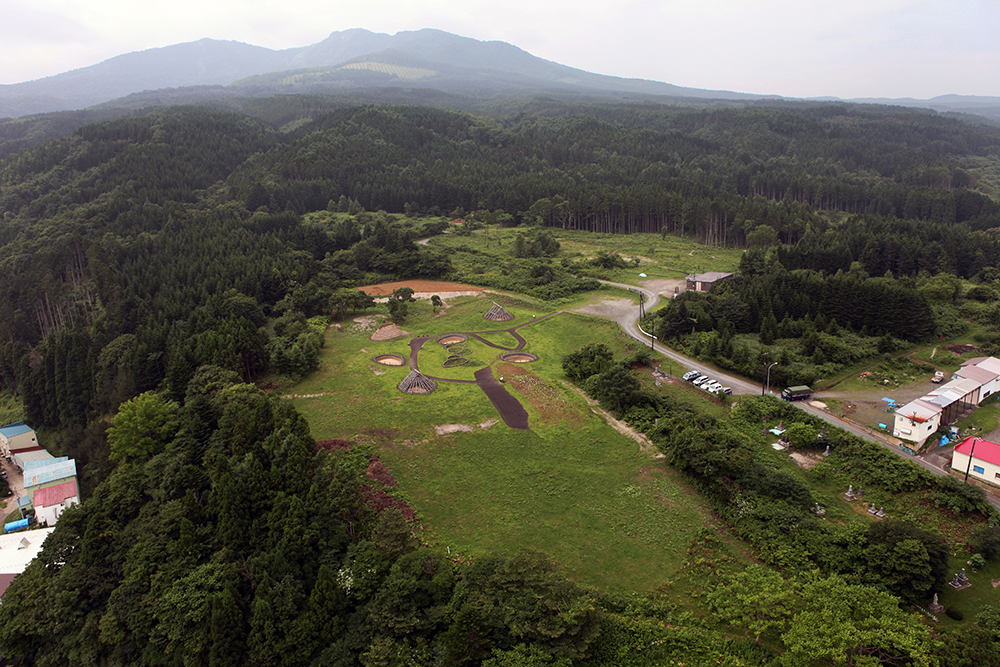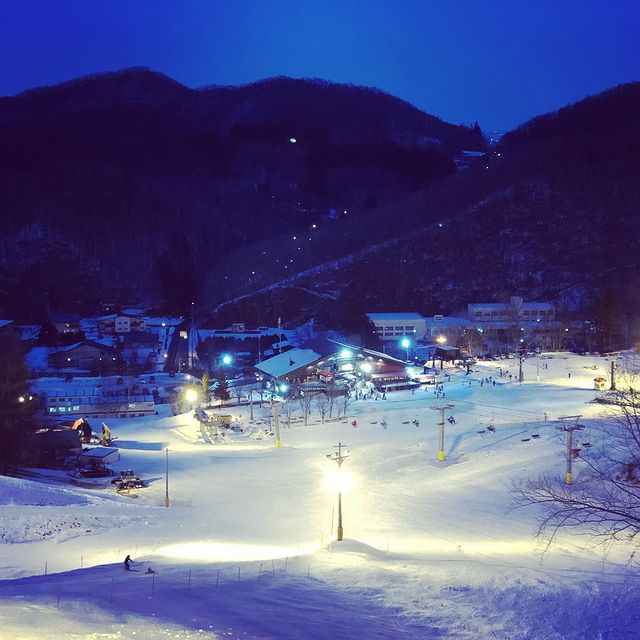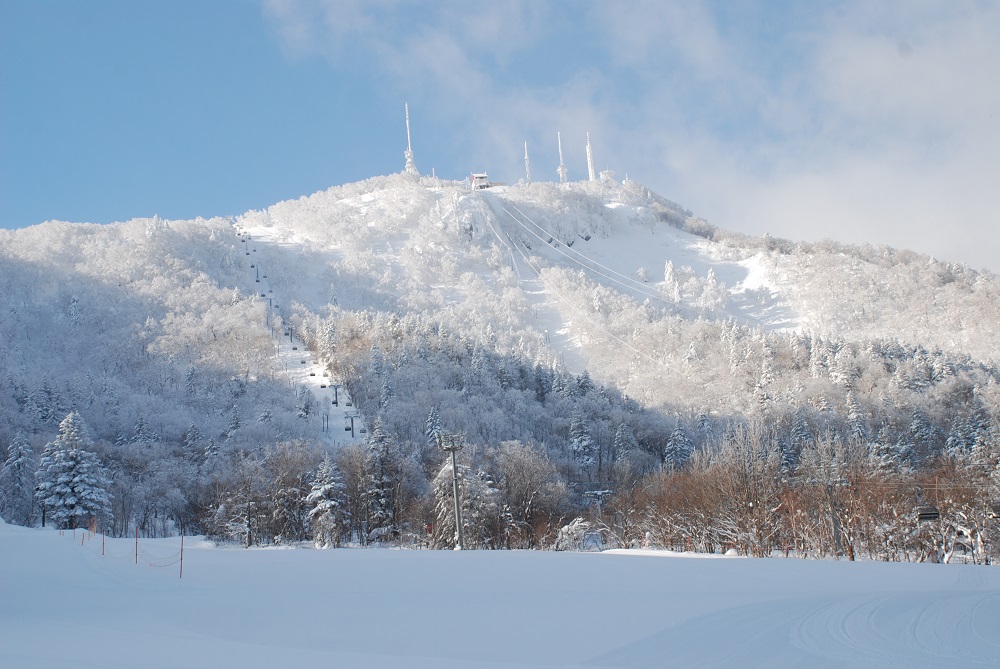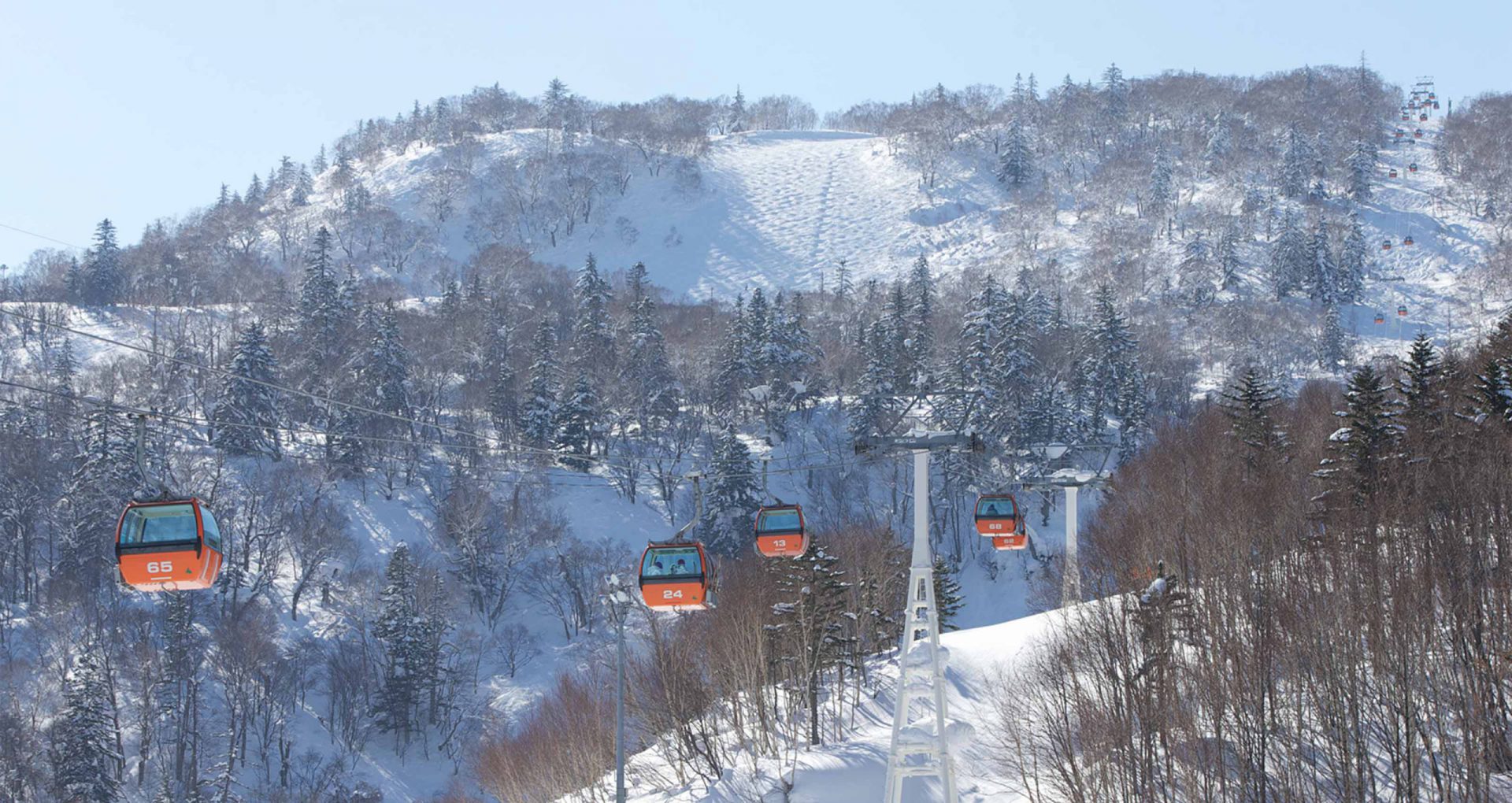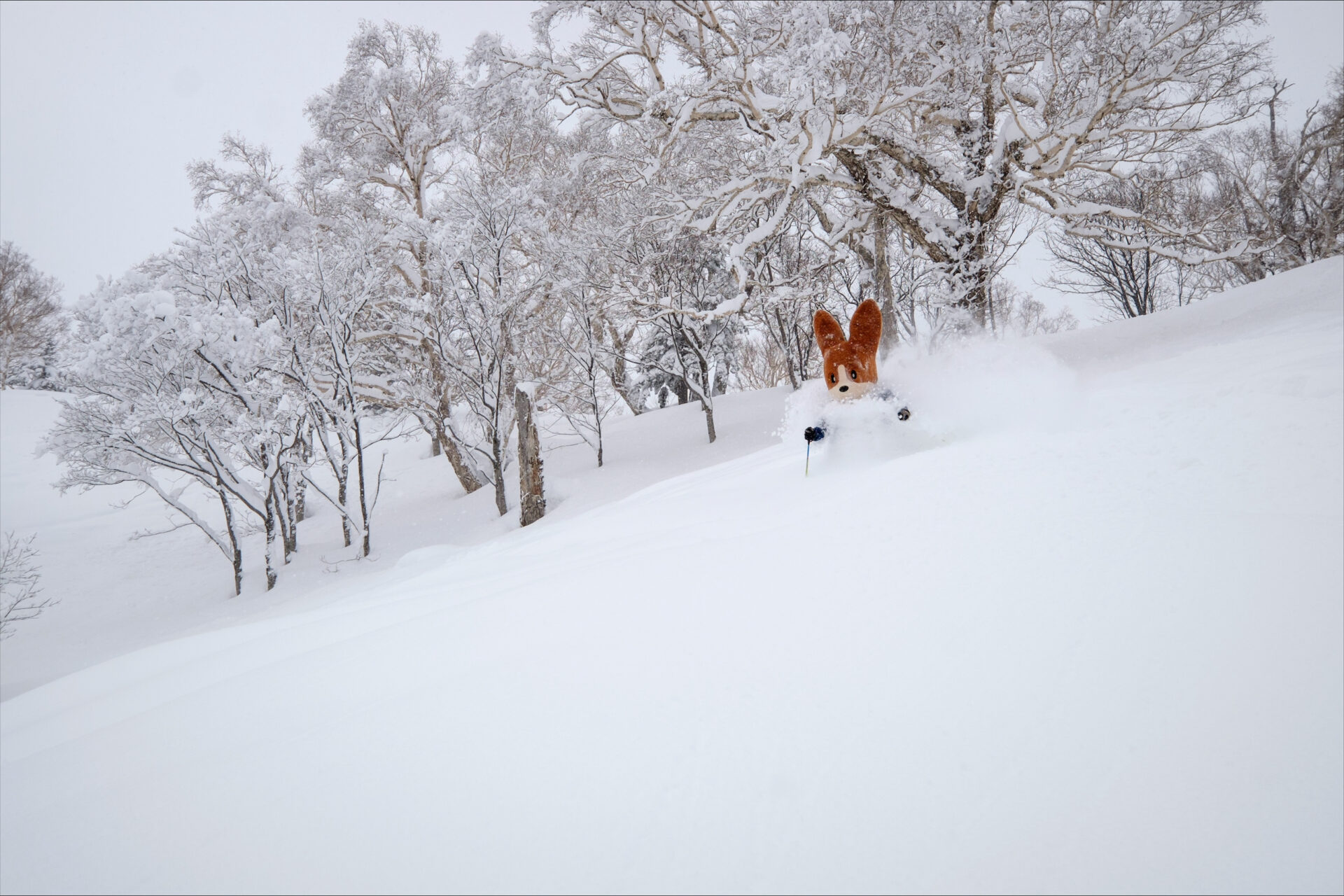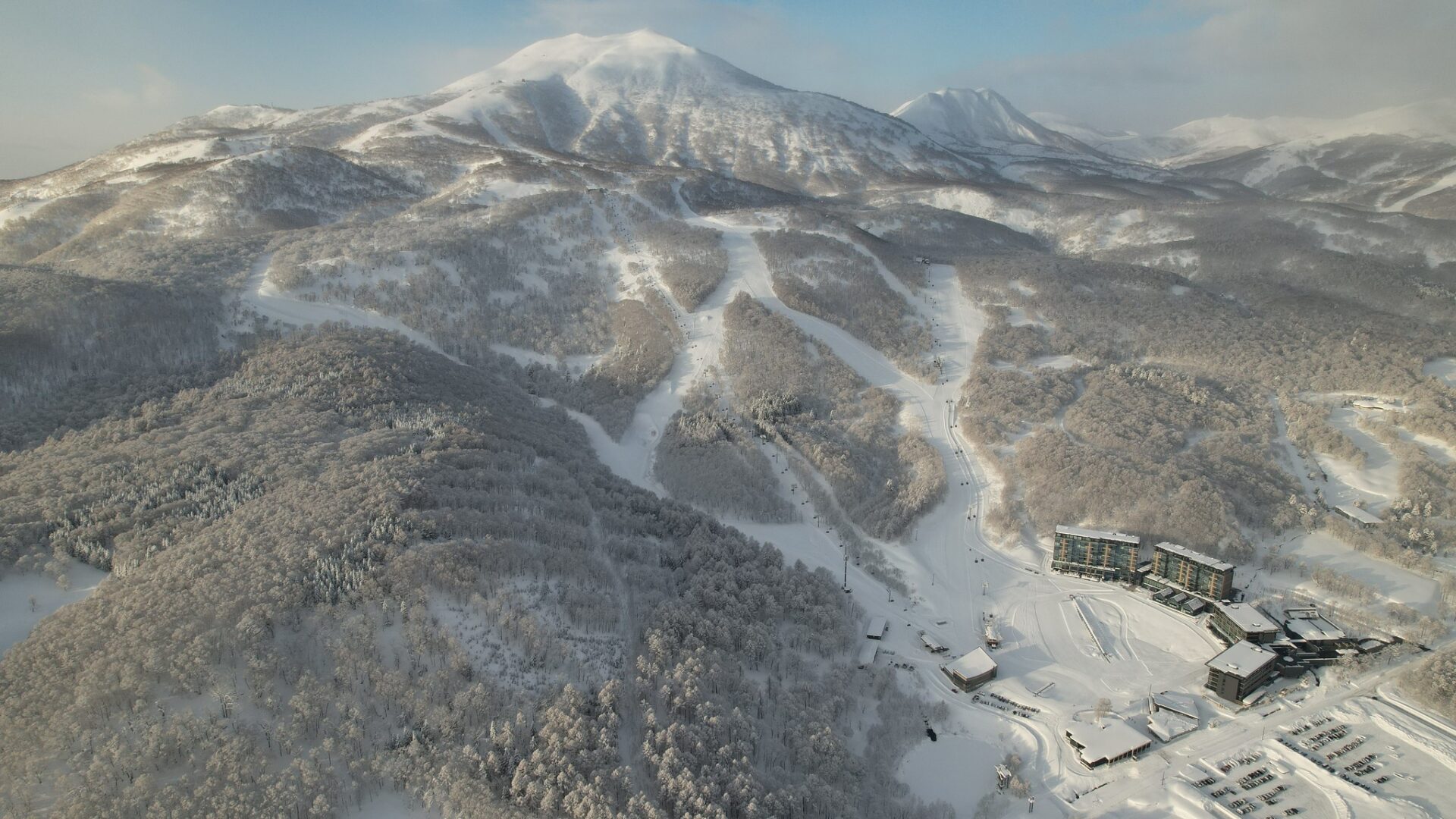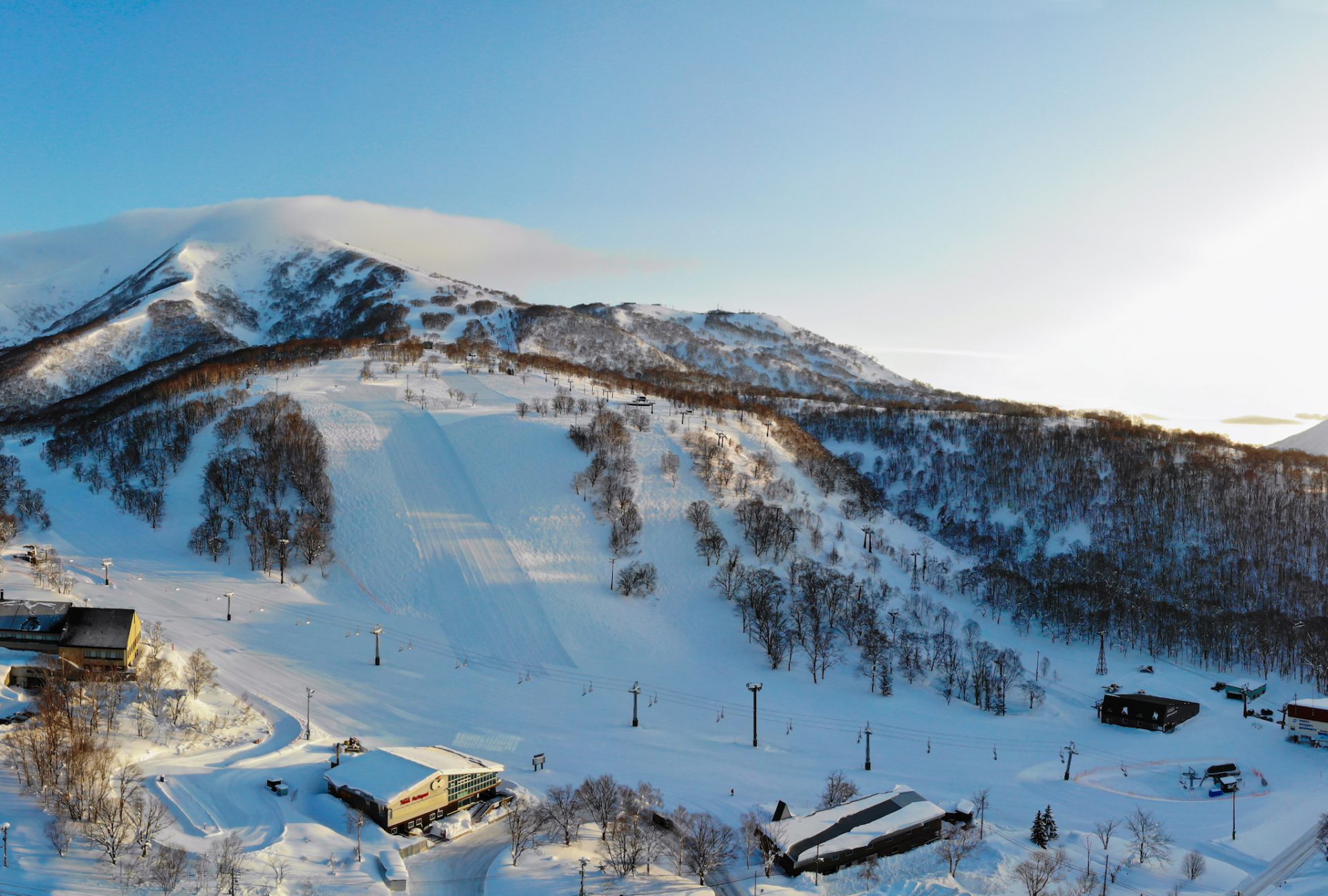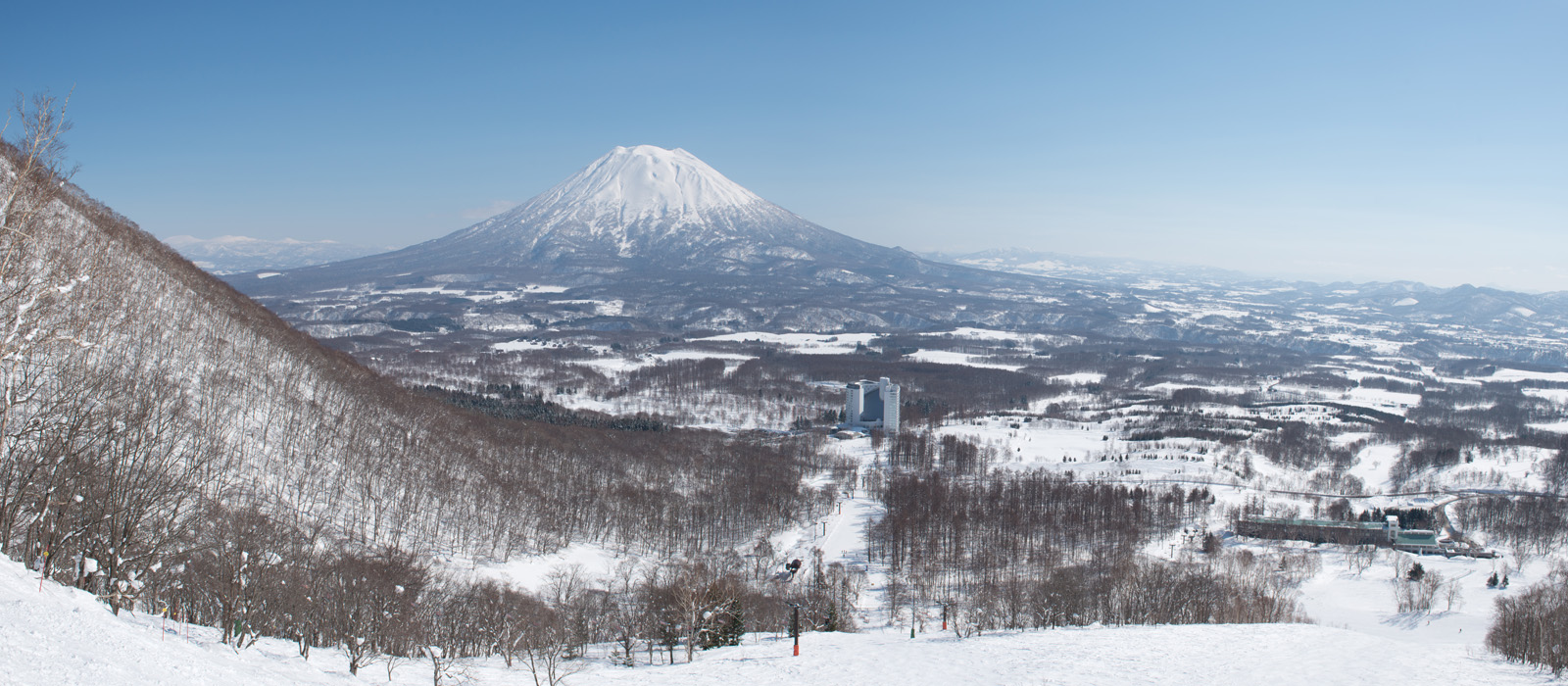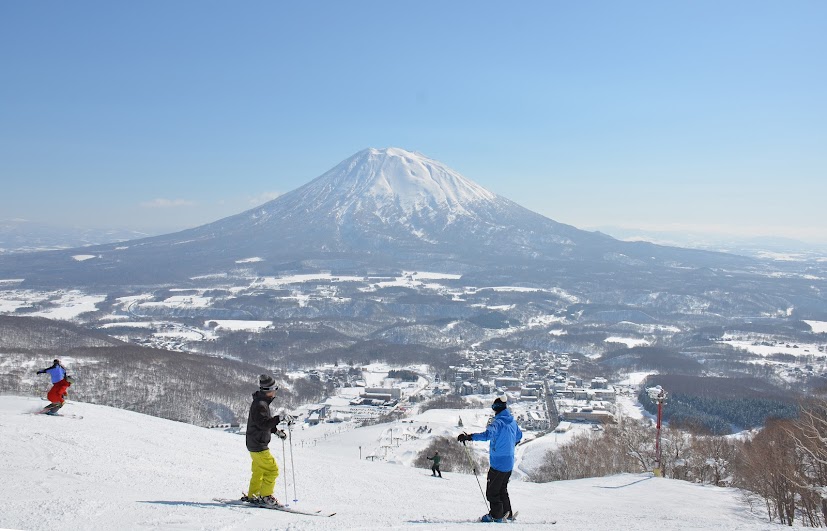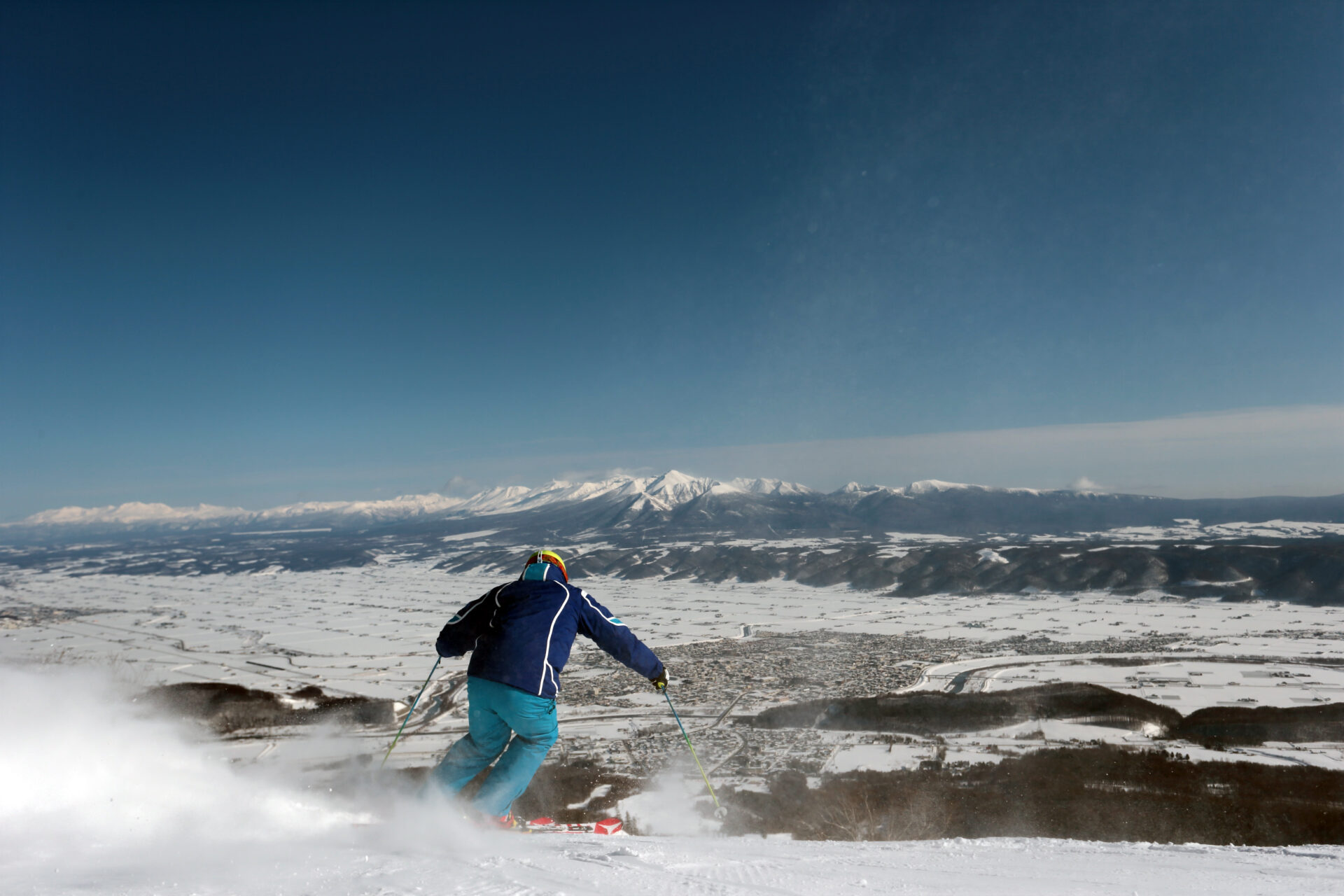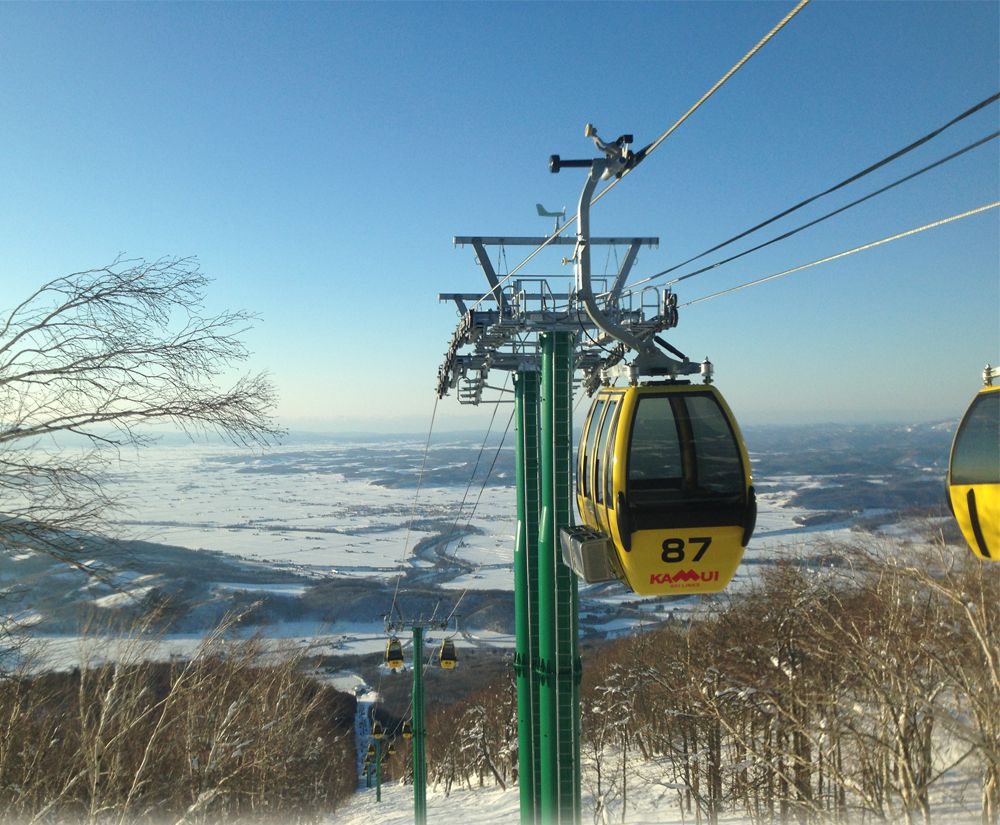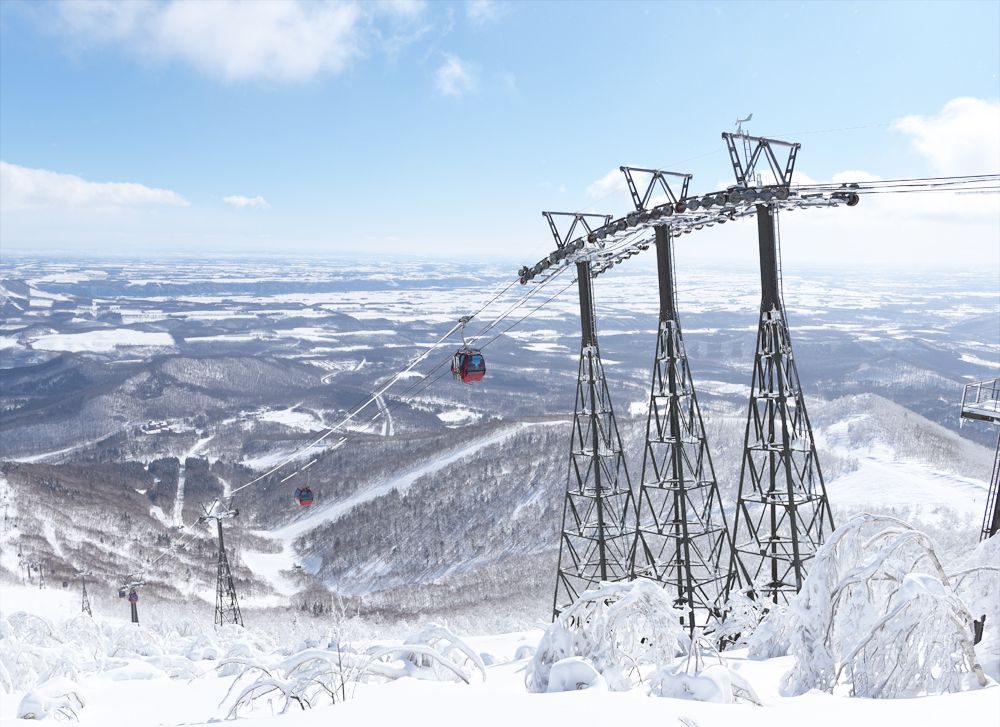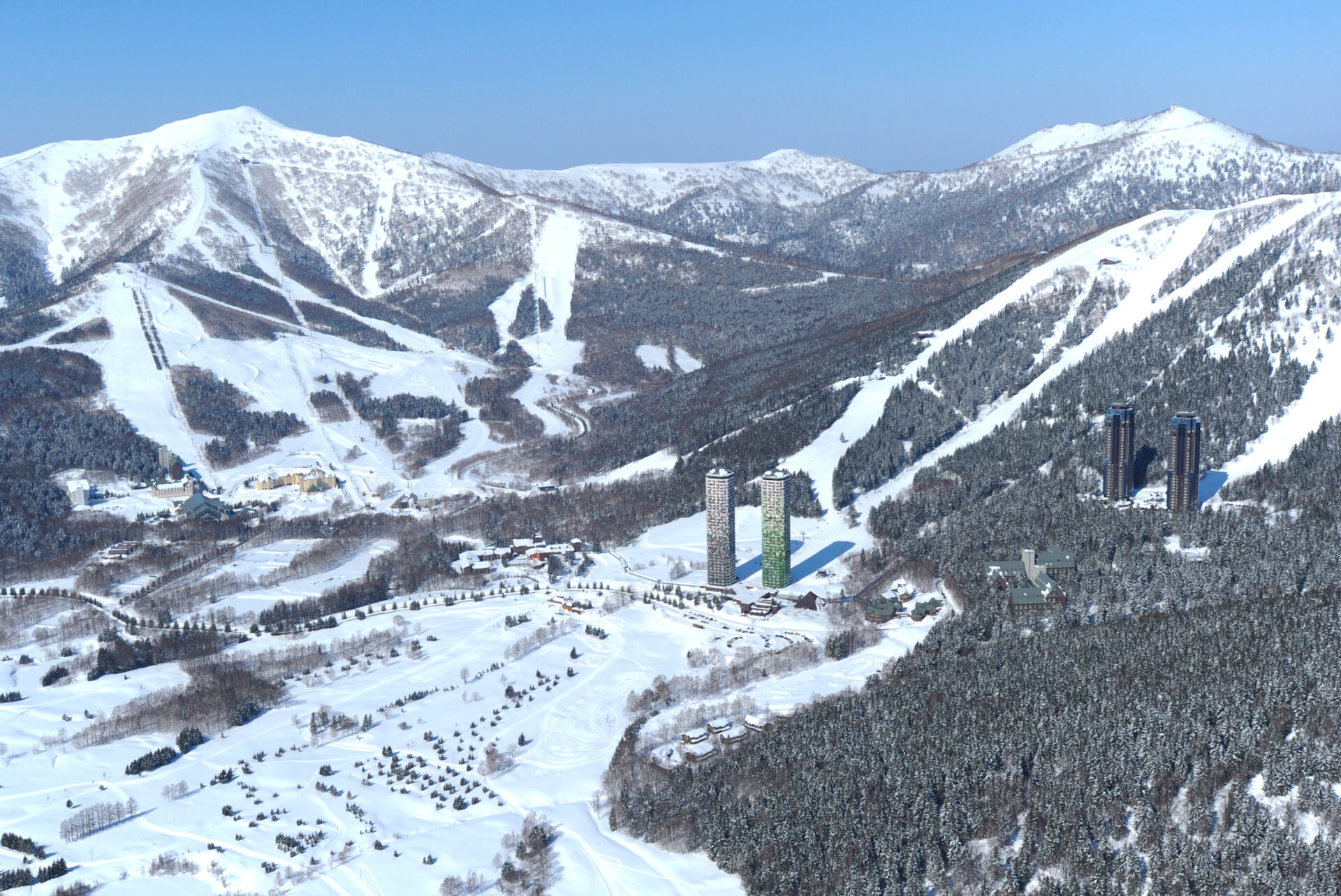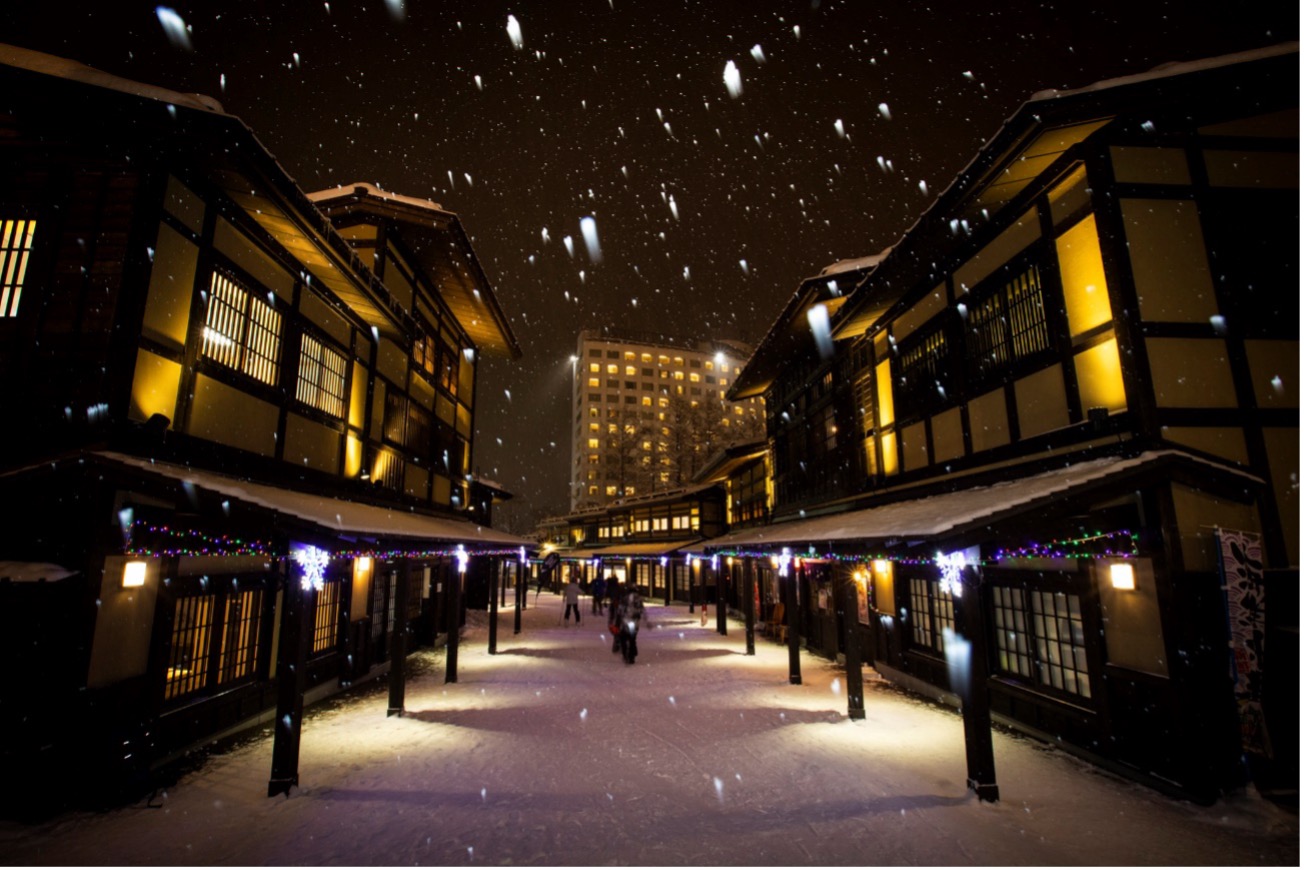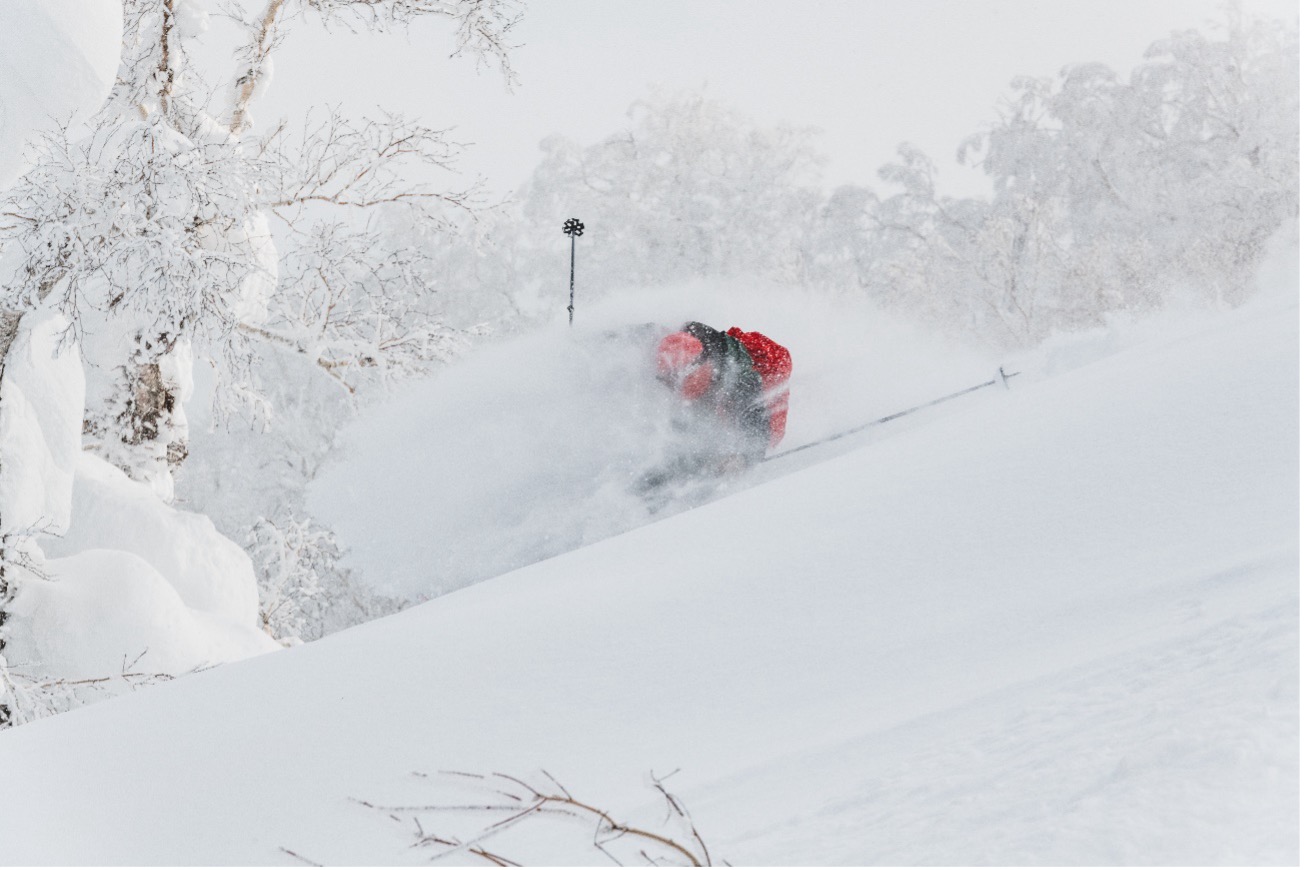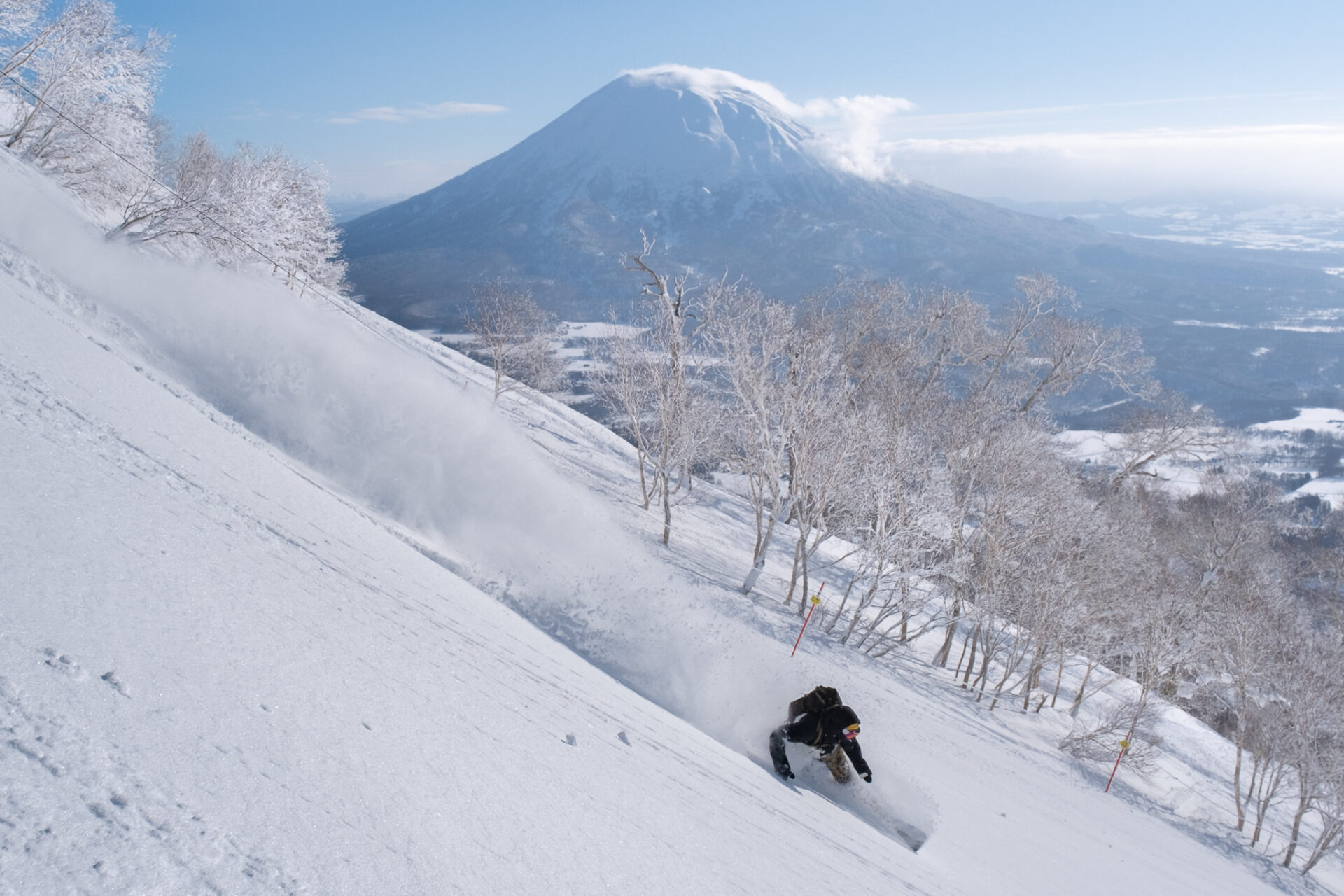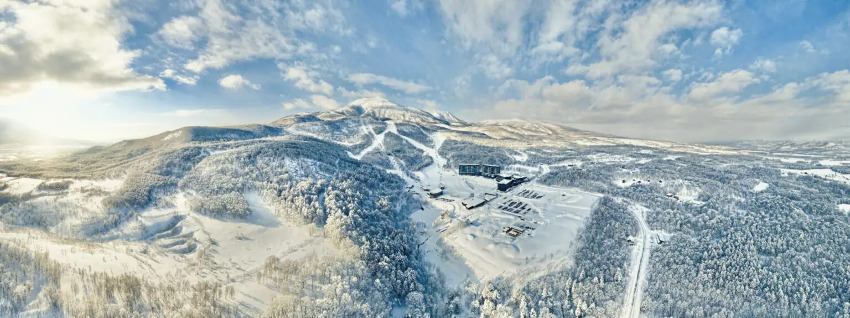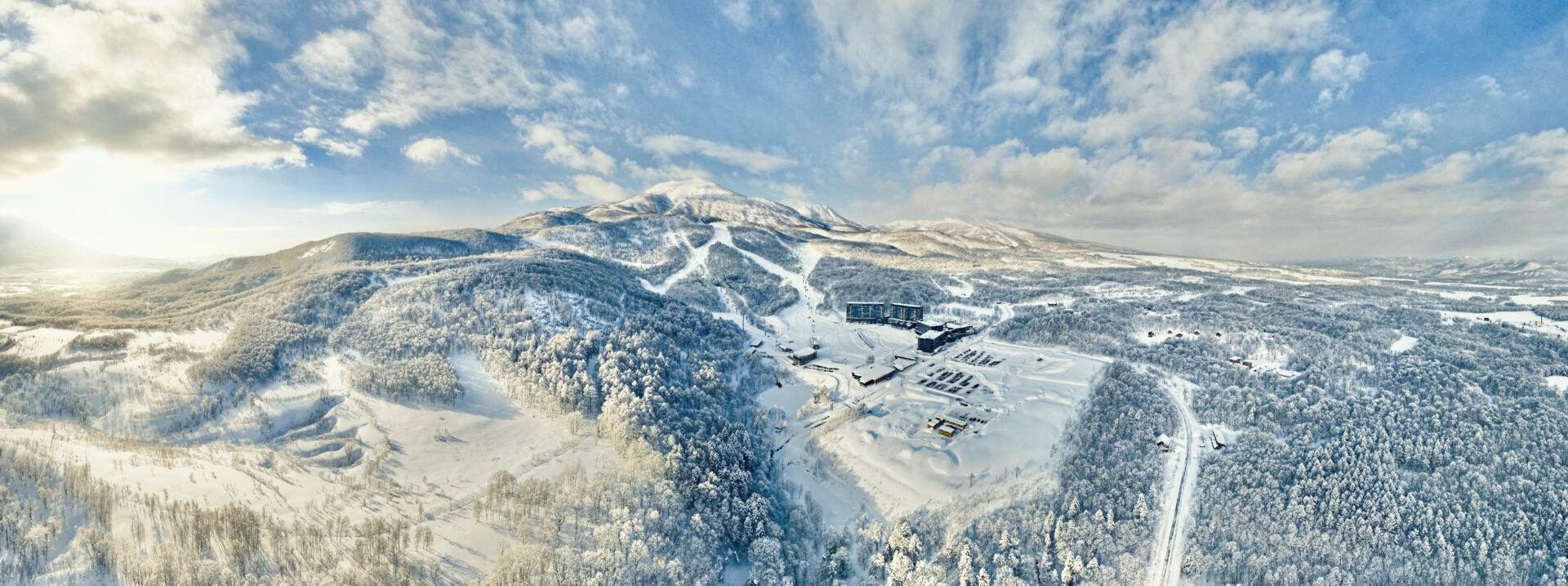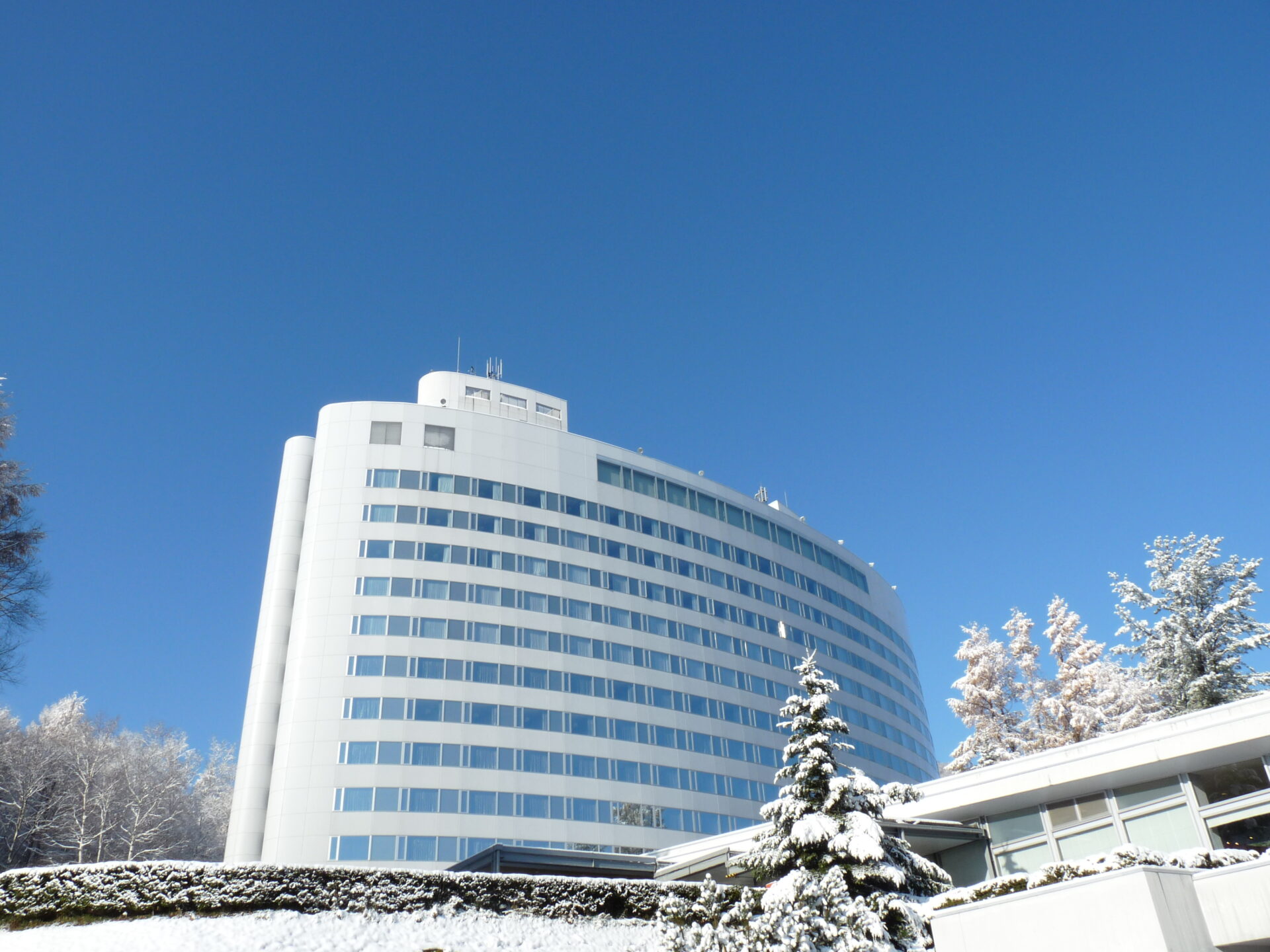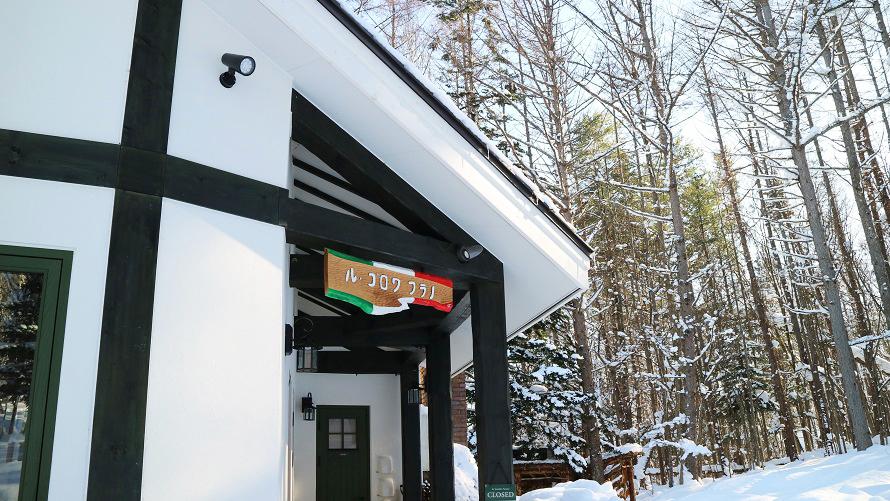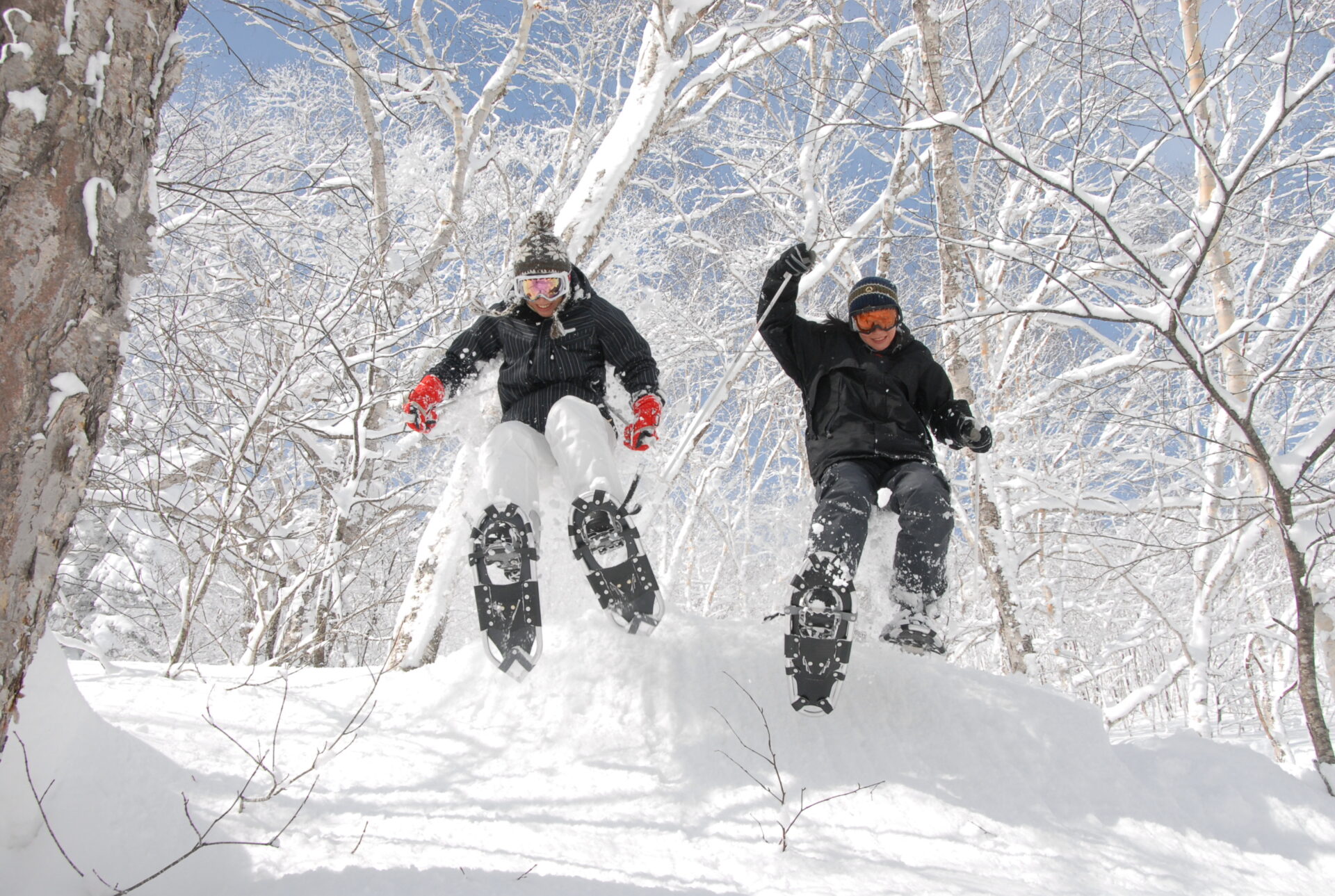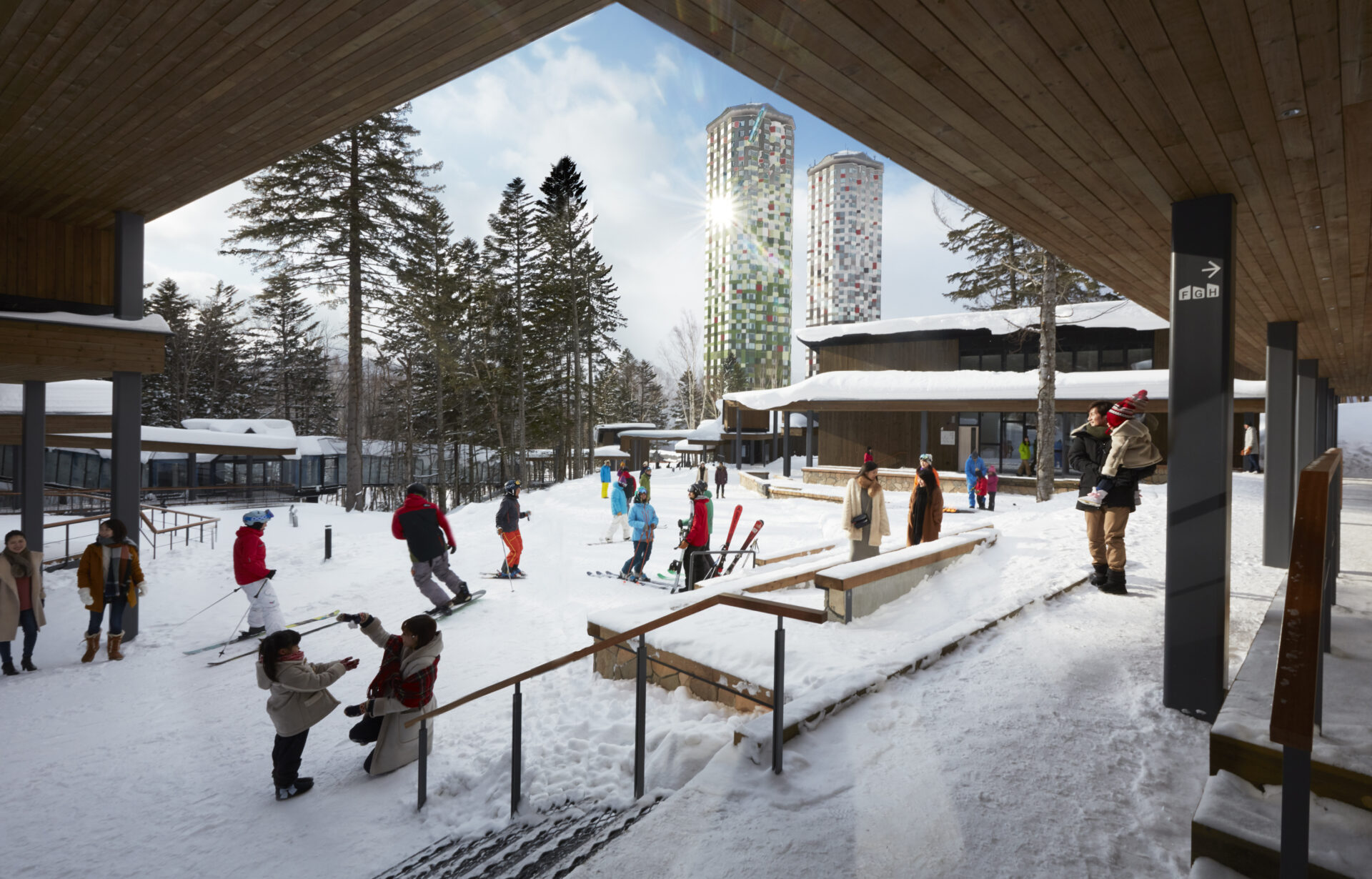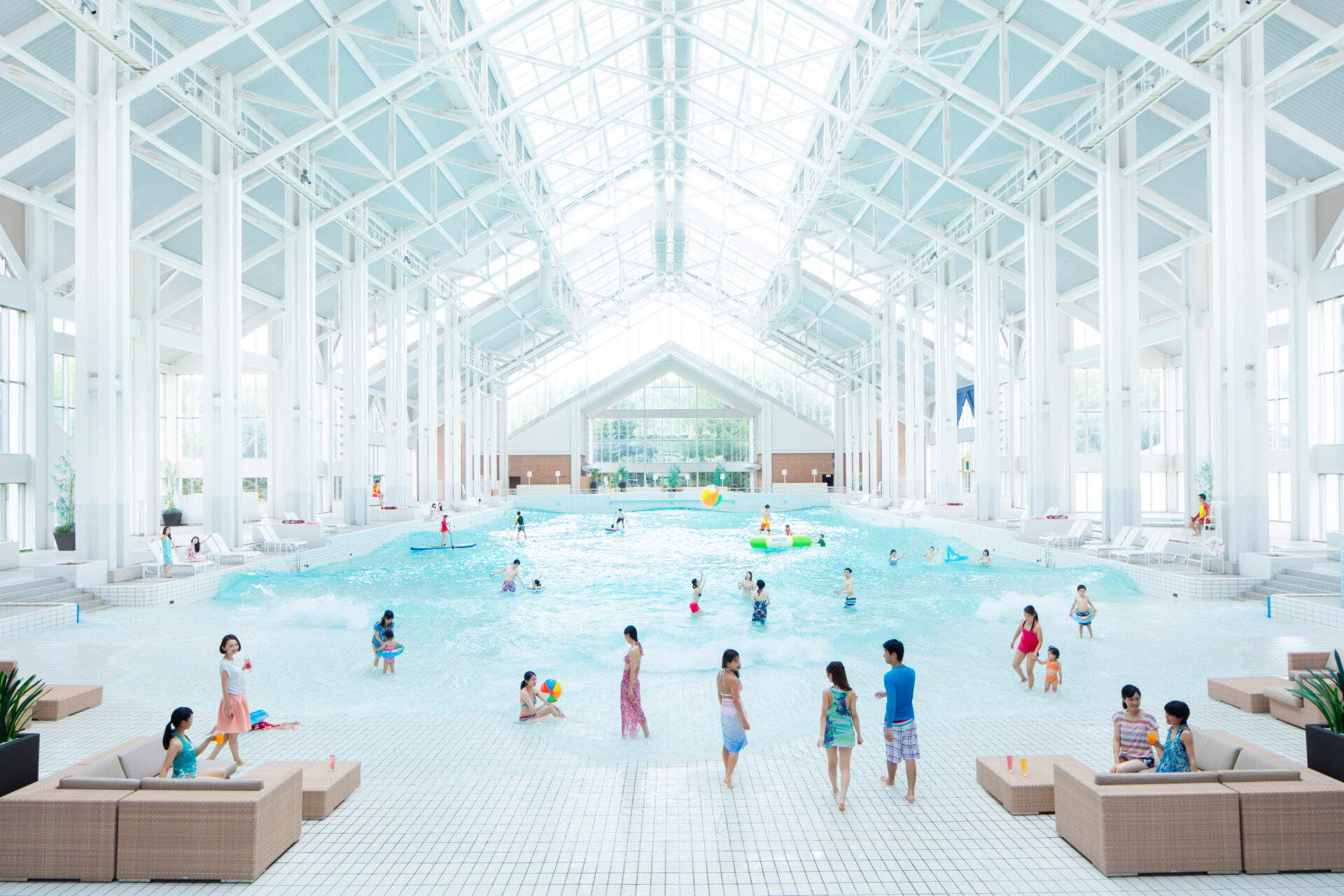UNESCO World Heritage “Jomon Prehistoric Sites” in Hokkaido and Northern Japan
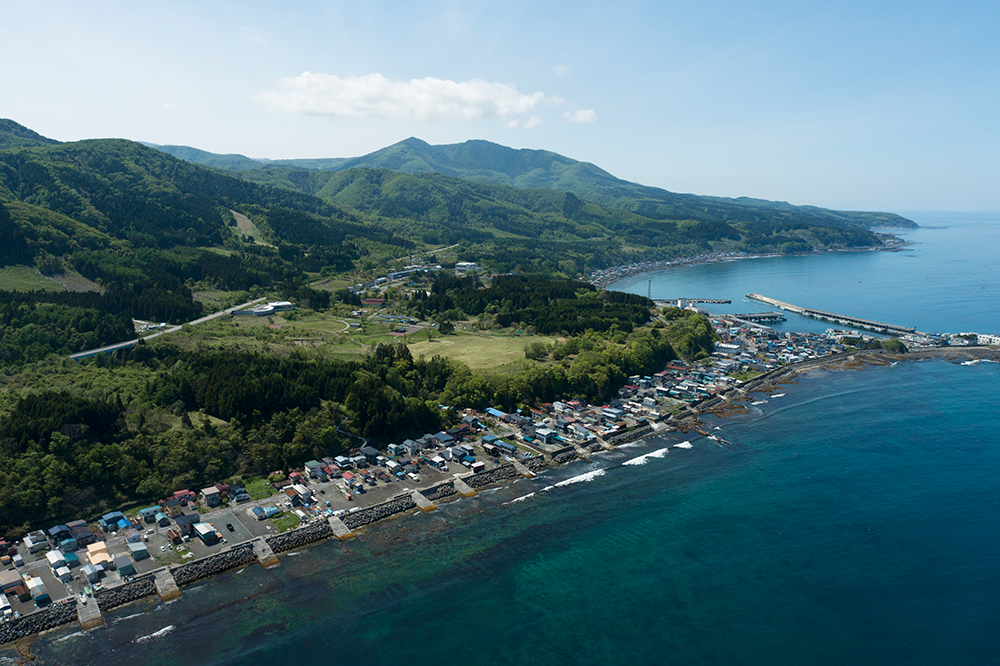
Hokkaido’s Jomon Culture Becomes World Heritage
Hokkaido has long-since garnered national attention for it’s natural beauty and unique culture, including the Shiretoko Peninsula, which was designated as Japan’s 3rd Natural World Heritage Site in 2005, the fascinating drift ice which floats in across the Sea of Okhotsk, and big annual events the Sapporo Snow Festival.
During the Jomon Period, Hokkaido’s rich nature was instrumental in the development of the Jomon people’s hunter-gatherer lifestyle and spiritual culture. Considered to represent the cultural heritage which links the history of the Jomon people to the present day, Jomon Archiological sites in the Tohoku Region of Northern Japan, as well as in Hokkaido’s Hakodate, Mori, Chitose, Toyako and Date were designated as UNSECO World Heritage sites on the 27th July 2021.
As many of the sites become covered with snow it can be difficult to see them in the winter months, however, the sites at Mori, Hakodate and Chitose have indoor displays, meaning that it’s possible to learn about Hokkaido’s Jomon period history even in mid-winter.
Reference:https://jomon-japan.jp/en/
